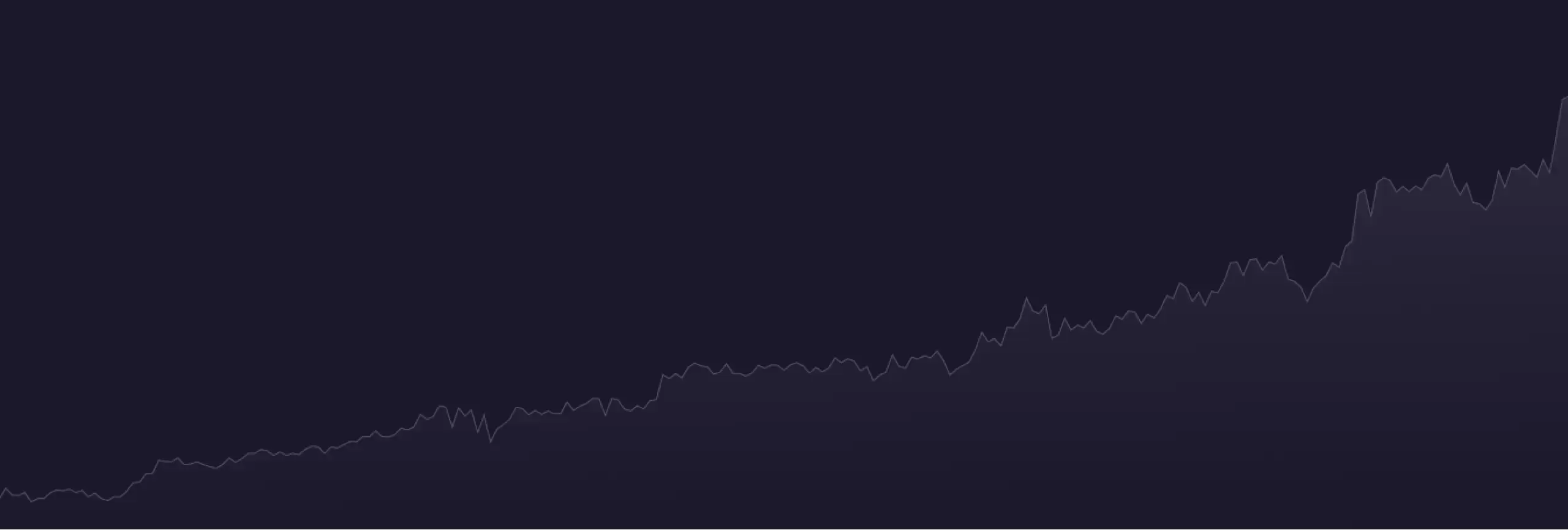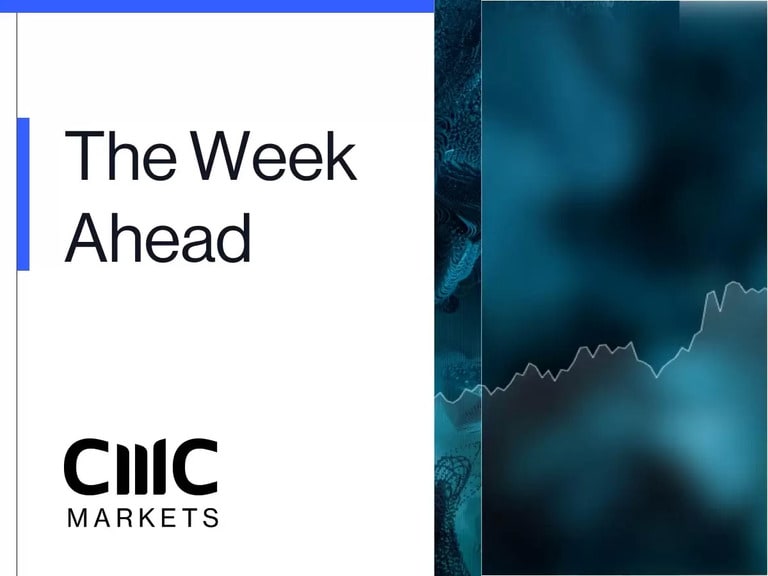
Markets in Europe look set to open slightly higher as we start a new week after US markets closed mixed on Friday, and the latest July trade data for China pointed to weak domestic demand.
Any thoughts that the US Federal Reserve might have to start going soft when it comes to the tightening of monetary policy were dealt a blow on Friday when the July payrolls report blew through even the most optimistic of predictions.
A blisteringly good number saw 528k jobs added to the US economy, the second-best performance this year, while June was revised up to 398k. There was more positive news as wage growth jumped to 5.2%, making the prospect of a Fed pivot on rate hikes even more remote in the medium term, as well as putting a 75bps rate rise in September very much back in play. The unemployment rate also fell to 3.5%.
Rather unexpectedly, while US yields rebounded strongly, finishing the week higher and breaking a run of three consecutive losing weeks, US stock markets also finished the week higher as well.
Coming as it did against a backdrop of hawkish pushback from some senior Fed officials earlier in the week, and again at the weekend, the resilience of stocks is even more remarkable given the darkening economic outlook. While it is true that the US labour market looks strong, Friday’s data is very much rear-view mirror stuff, and even though it shows that the US economy remains resilient it doesn’ t necessarily mean that the glass is half full.
Another sharp jump in US consumer credit in June once again appears to show that while the US consumer can absorb the current trend of high prices, this appears to be being done on the back of higher credit card spending. After slowing in May to $23.79bn, June saw a rise of over $40bn, and the second highest number this year, pushing total credit so far this year to $194.67bn, a figure that almost matches the annual totals of both 2018, and 2019.
Only last year, which saw total credit card spending grow $275bn, beats it. This simply isn’t sustainable if rates continue to push higher, which seems likely given the Fed’s tough stance.
While bond yields rebounded strongly, and the US dollar surged, oil prices sank, closing near to their lowest levels in six months and below the 200-day SMA for the first time this year. Last week’s decline wiped out all the gains of the previous two weeks as markets reacted to a doom-laden assessment of the macro-economic outlook from the Bank of England last week, which suggests that inflation is likely to continue to push higher, not only in the UK, but across Europe as well.
The latest China trade numbers would appear to in some part support concerns about the economic outlook. While exports have continued to recover, jumping to 18% in July, and beating expectations after a weak Q2, pushing the trade surplus ever higher, imports are still struggling. These rose by 2.3%, up from 1% in June, and below expectations of a 4% rise. This lack of impetus is being held by a lack of confidence on the part of Chinese consumers, as well as a slowdown in the property sector.
The Chinese government already appears to have thrown in the towel on its 5.5% GDP target, with reports last week saying that it should now be considered a guide. In reality the target has been wishful thinking since April when Shanghai, as well as most of the country, was locked down as Covid rippled out across the country.
With little sign that Chinese authorities are prepared to ease up on their zero-covid approach in the second half of this year, it's highly likely that domestic demand will probably remain weak.
Having come off the back of Friday’s bumper payrolls report, this week’s focus has now shifted to the latest US CPI numbers for July, after June’s sharp jump to 9.1%, which was also a forty-year high. Investors will also be focussing on the UK economy with the first iteration of Q2 GDP, after last week's bleak assessment by the Bank of England, as they look to answer the question: did the economy contract in Q2?
EUR/USD – not much has changed here – toppy anywhere in the 1.0280 area. While below the bigger resistance at 1.0350, the risk remains for a move back towards parity, and the previous lows at 0.9950. A move below 0.9950, towards 0.9660.
GBP/USD – slid below the 1.2060 area, rebounding from the 1.2000 area. The 1.1980 area remains a key support level, which while above keeps the prospect of moving back to 1.2300 on the cards.
EUR/GBP – briefly rallied above the 200-day SMA on Friday before slipping back. We still have resistance at the 0.8480 area. While below the 0.8480 area momentum remains negative for a move towards the 0.8300 area.
USD/JPY – rallied through the 134.80 area and 50-day SMA opening up the prospect of a move towards 136.30, and then 137.50. Support now comes in at 134.40/50.
Disclaimer: CMC Markets is an execution-only service provider. The material (whether or not it states any opinions) is for general information purposes only, and does not take into account your personal circumstances or objectives. Nothing in this material is (or should be considered to be) financial, investment or other advice on which reliance should be placed. No opinion given in the material constitutes a recommendation by CMC Markets or the author that any particular investment, security, transaction or investment strategy is suitable for any specific person. The material has not been prepared in accordance with legal requirements designed to promote the independence of investment research. Although we are not specifically prevented from dealing before providing this material, we do not seek to take advantage of the material prior to its dissemination.






















